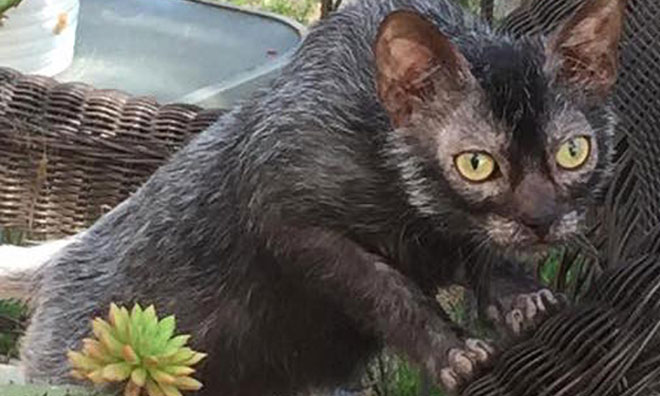
The Long Road to Introducing New Dog or Cat Breeds
Last week’s news that new dog and cat breeds were officially approved for competition highlights the fact that there’s a process to introducing official new breeds of house pets. Read on to learn about that process.
You might have heard last week that the American Kennel Club (AKC) and The International Cat Association (TICA) expanded their official lists of breeds.
(Certainly, the werewolf-like Lykoi cat is not a traditional-looking feline, but TICA decided to add it to its official list.)
You might have also wondered to yourself, “What’s the process that goes into determining whether or not these organizations declare a new breed?” (Or maybe you hadn’t. Maybe you’re not like me.)
Anyway, each group decides to recognize new breeds based on specific criteria. In a 2015 blog post, AKC explains its process:
1. A group of dog fanciers becomes actively interested in a breed that the club hasn’t officially recognized.
2. The AKC allows a breed into its Foundation Stock Service, at which point it maintains records on the breed to keep an eye on its growth.
3. The club considers the dog breed for its Miscellaneous class after the breed meets certain requirements. Interest in the breed must come from a minimum of 100 households, with at least 300 to 400 total dogs over three generations, and the dogs must be distributed over 20 states. The dog must meet the club’s bylaws and specs. Once these lofty standards are met, the kennel club decides whether to approve the breed.
4. Once the breed is approved, it is added to the kennel club’s Stud Book and can compete in official competitions.
That’s fine and good for dogs—including the Nederlandse kooikerhondje and the Vendéen, which—after being added to the AKC roster last week—will be allowed to compete in the Westminster Dog Show next year.
But what about cats? The rules for TICA [PDF] differ slightly but generally lead to the same results. The association has a number of tiers for new breeds—Registration, Preliminary New Breed, Advanced New Breed, New Trait, and Championship. Each tier beyond Registration requires a minimum number of cats, breeders, and entries in TICA shows.
In the case of the Lykoi, which was just accepted into the Championship tier, the breed has at least 200 adult cats, 50 registered by TICA, and 25 that have appeared in lower levels of competition.
And, if you’re looking to introduce a new breed, just know that you’re going to have a long road ahead of you. According to the official Lykoi cat website (of course it has one, don’t look so shocked), the cat mutation has existed for 20 years, and the base litter was born in 2010.
An example of a Lykoi cat, a newly certified breed. (Wikimedia commons)






Comments